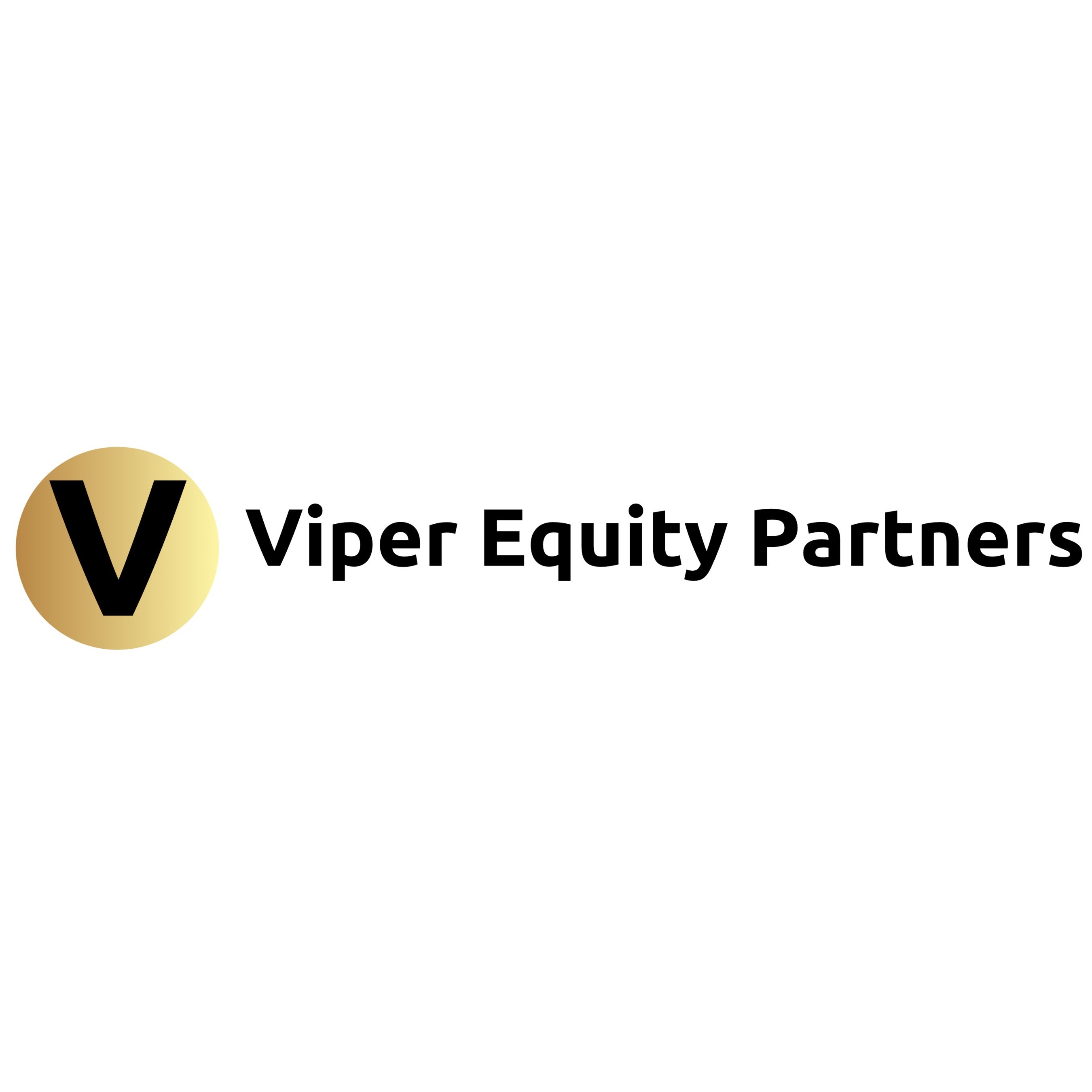In today’s globalized world, cross-border mergers and acquisitions (M&A) have become increasingly common as companies seek to expand their operations and reach new markets. While cross-border M&A offers many opportunities, it also presents significant challenges that must be addressed. In this blog post, we will discuss the opportunities and challenges of cross-border M&A and provide insights on how companies can navigate this complex landscape.
Opportunities
One of the main benefits of cross-border M&A is the opportunity for companies to access new markets and customers. By acquiring companies in other countries, companies can expand their customer base and reach new markets that were previously inaccessible. This can help to diversify a company’s revenue streams and reduce their reliance on a single market or region.
Another benefit of cross-border M&A is the opportunity to gain access to new technologies and expertise. By acquiring companies in other countries, companies can gain access to technologies and expertise that they may not have had access to otherwise. This can help companies to improve their operations and stay competitive in a rapidly changing business environment.
Challenges
Cross-border M&A also presents significant challenges that must be addressed. One of the main challenges is the cultural differences between companies. Companies that are based in different countries often have different business practices, norms, and values. This can lead to misunderstandings and communication breakdowns that can undermine the success of the acquisition.
Another challenge of cross-border M&A is the regulatory environment in different countries. Each country has its own regulatory framework, and companies must navigate these frameworks to ensure that the acquisition complies with all relevant laws and regulations. This can be a time-consuming and complex process that requires significant resources.
Navigating the Landscape
To navigate the challenges of cross-border M&A, companies must take a strategic approach that considers the unique challenges and opportunities of each acquisition. This requires careful planning and due diligence to ensure that the acquisition aligns with the company’s strategic goals and values.
Companies must also prioritize communication and transparency to ensure that all stakeholders are informed and engaged throughout the process. This includes employees, customers, suppliers, and other key stakeholders who may be impacted by the acquisition.
Cross-border mergers and acquisitions offer many opportunities for companies to expand their operations and reach new markets. However, they also present significant challenges that must be addressed. By taking a strategic approach and prioritizing communication and transparency, companies can successfully navigate the complex landscape of cross-border M&A and position themselves for long-term success.

